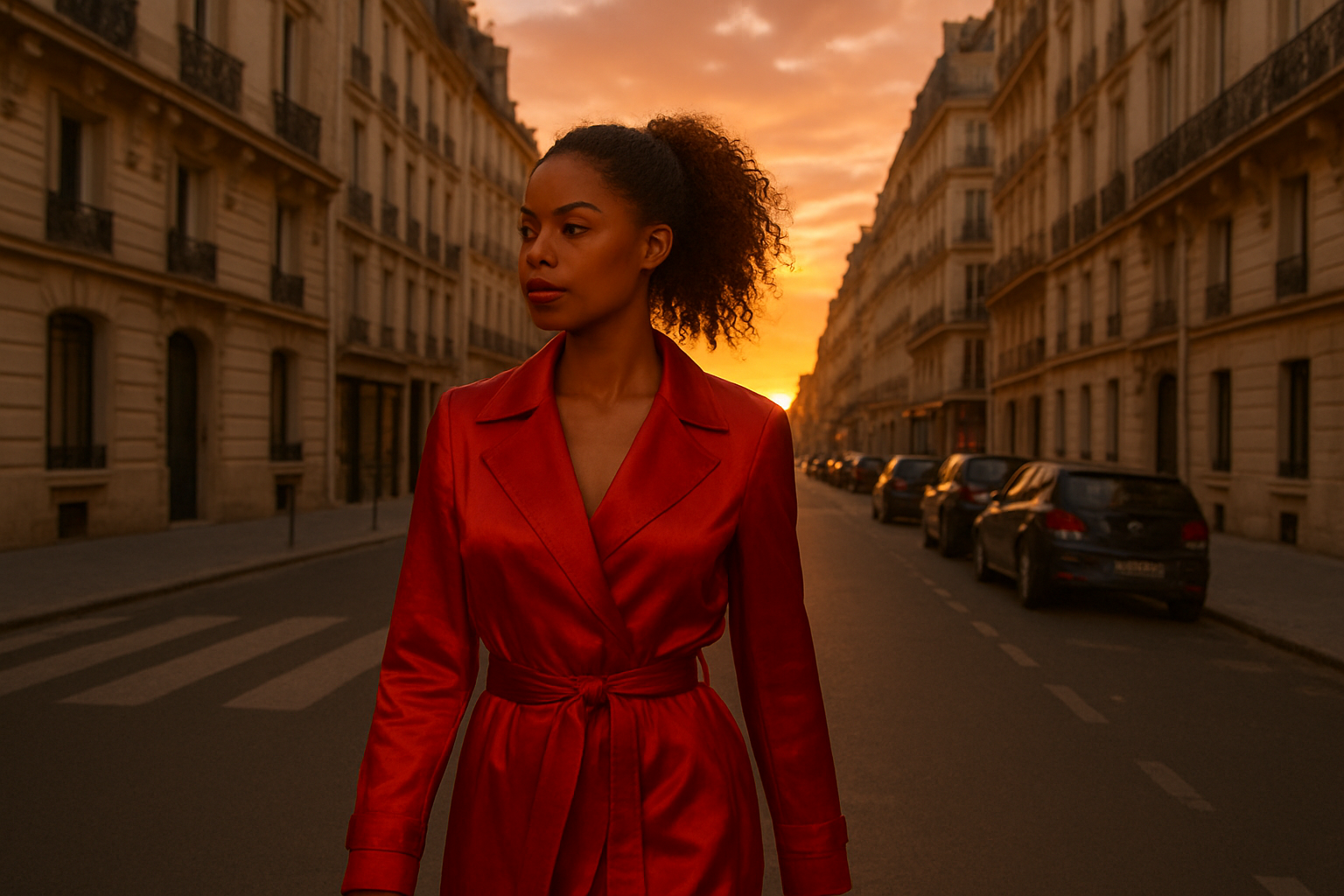Google Veo is a text-to-video generative AI model developed by Google DeepMind that can turn text prompts—or a mix of text and images—into highly realistic, cinematic video clips. Its latest version, Veo 3 (released around May 2025), can also generate synchronized audio such as ambient sounds, dialogue, and music, producing complete video scenes from scratch.
Because it’s being integrated into creative tools like Gemini, Flow, and Canva, Veo makes it possible for brands and creators to generate campaign visuals, ads, and promotional videos without traditional photoshoots. This includes the ability to create AI-generated models that can showcase clothing, accessories, or cosmetics in lifelike scenes, offering an alternative approach to presenting products.
This shift shows how AI tools like Veo are reshaping the modeling industry, introducing new ways to produce content that are faster, more flexible, and less dependent on physical production constraints. As these technologies continue to improve, the industry may increasingly rely on virtual models and AI-generated visuals to meet demand, signaling a major transformation in how modeling and advertising are done.
What this means: generating a high-quality ad, video clip, or social post no longer necessarily needs a full production—just a good prompt and possibly some tweaking.
How Big Brands Are Already Using AI Models
Below are case studies with real names, quotes, and what each brand is doing. Use these to show readers exactly how the shift is happening — beyond theory.
1. Alexsandrah & The Diigitals: Living in Two Places at Once
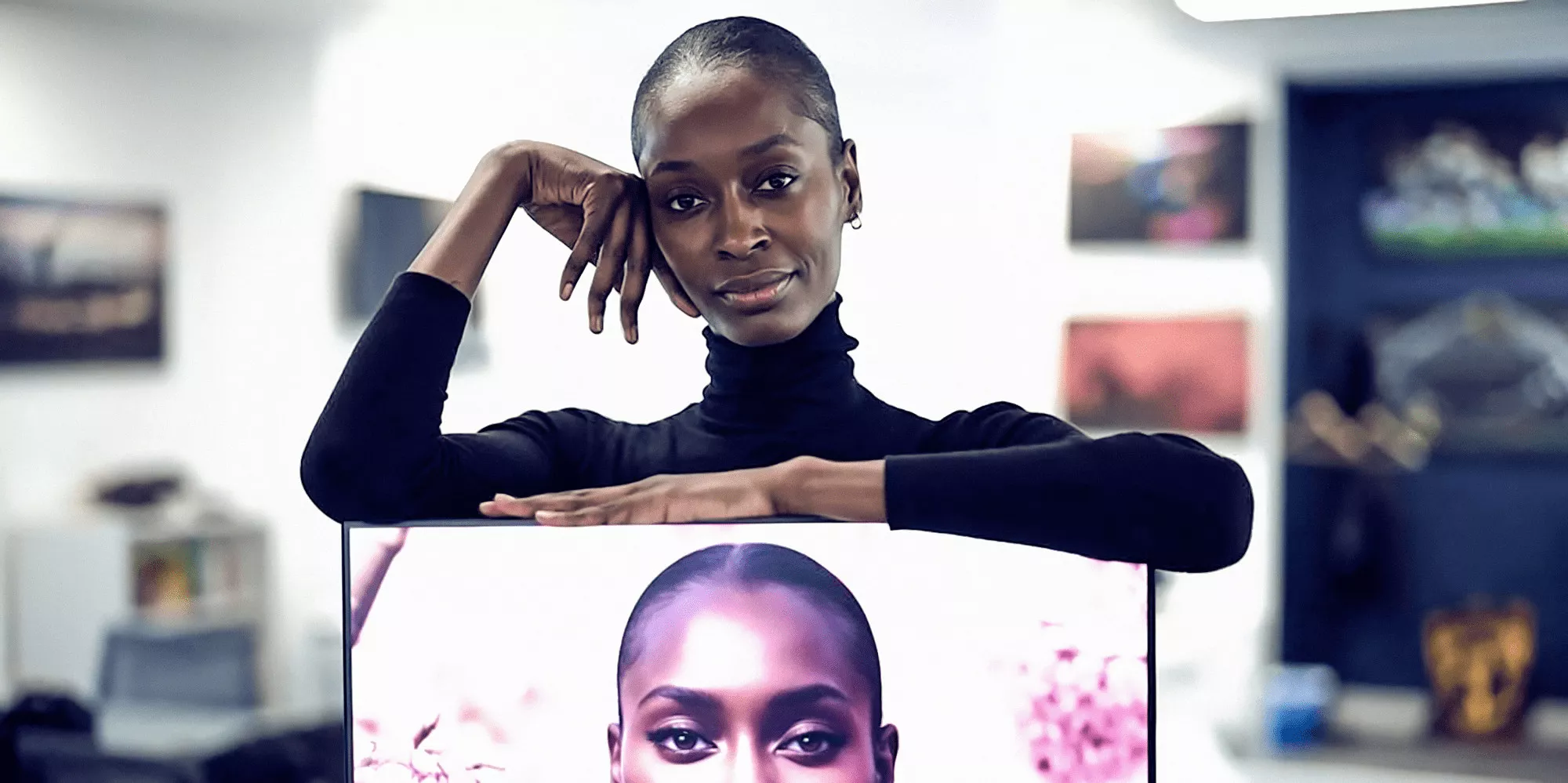
(Retrieved from: https://www.thediigitals.com/alexai)
What’s happening:
-
Alexsandrah Gondora, a London-based model, has created a digital twin (her AI “Alex”) via The Diigitals. The AI version is being booked for shoots and ad content. (See: South China Morning Post+2AP News+2 )
-
She receives payment/royalties whenever her AI twin is used in a campaign.(See: AP News+1)
2. H&M: Digital Twins of Models
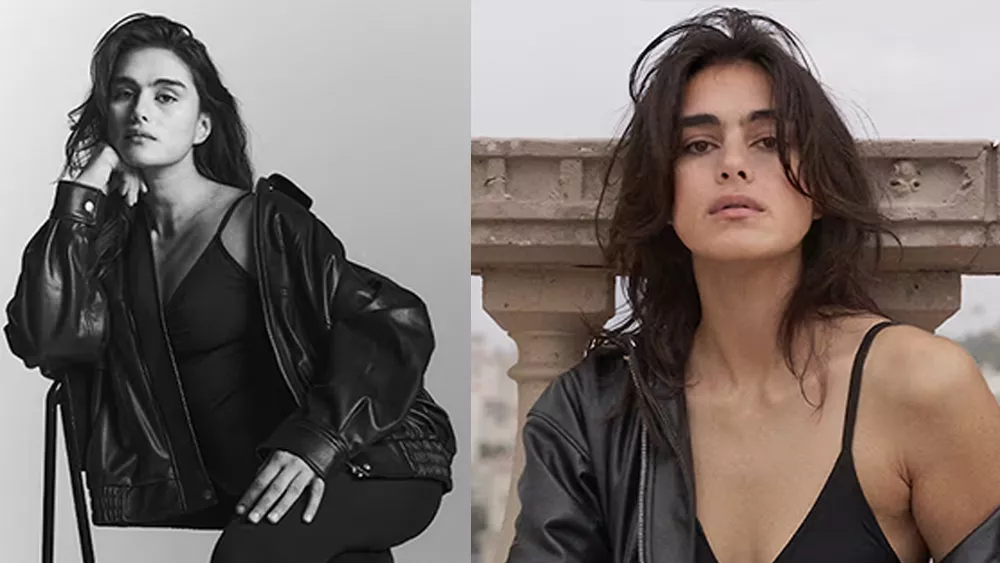
( Retrieved from: https://www.inkl.com/news/h-m-s-digital-clone-models-are-already-causing-controversy )
What’s happening:
-
H&M is creating digital twins of ~30 real models for use in marketing imagery and social media. (See: Squamish Chief+1)
-
The company says the models will own the rights to their digital twins.(See: Squamish Chief+1)
3. Levi’s & Lalaland.ai: AI-Generated Models for Diversity
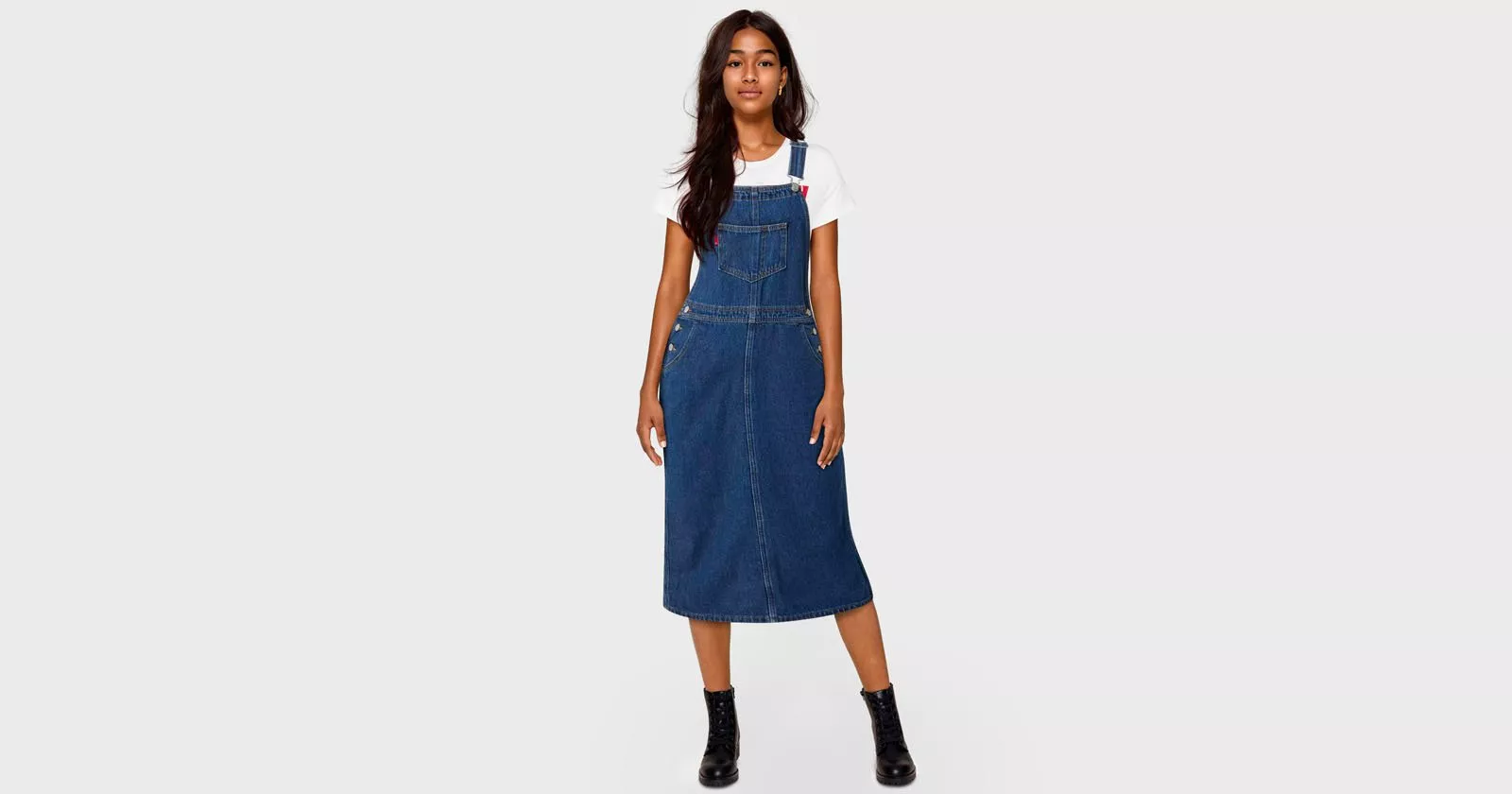
(Retrieved from: https://petapixel.com/2023/03/24/levis-to-use-ai-generated-models-to-increase-diversity/)
What’s happening:
-
Levi Strauss & Co. has experimented with AI-generated models through Lalaland.ai, aiming to add more diversity (in body types, skin tones) for its e-commerce platforms. (See: WIRED+2Squamish Chief+2)
4. Coach + Imma:
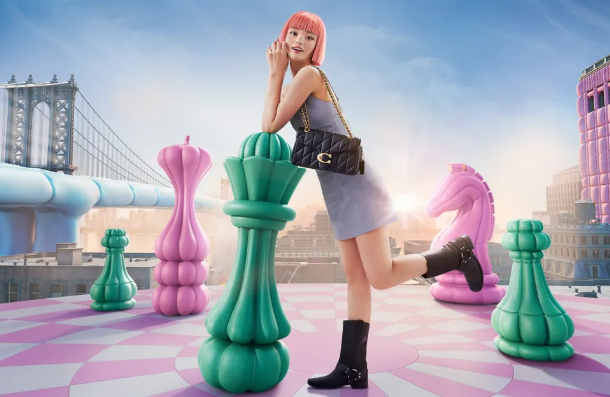
(Retrieved from: https://www.marketingdive.com/news/coach-virtual-influencer-lil-nas-x-imma-gen-z-campaign/707623/)
-
Coach used Imma, a virtual influencer from Japan, in its Spring 2024 campaign. It paired her with real people like Lil Nas X. (See: Business Insider)
Other big names:
-
Brands such as Mango, Etro, Misela have also used generative AI for recent campaigns, including generative images of human models, settings, backgrounds. (See: Financial Times)
-
Virtual influencers and CGI models are being used by luxury and fashion brands to create buzz and reach younger, more tech-aware audiences. (See: AI Influencer Agency+2Financial Times+2)
The Hidden Cost of Replacing Humans
While this shift brings convenience, it quietly pushes real models out of the spotlight.
Each AI model used means fewer opportunities for human talents who rely on modeling as their career.
This also reduces diversity and authenticity. AI models are often designed to look “perfect” — flawless skin, symmetrical features, idealized body shapes — which can create unrealistic beauty standards that real people can’t match.
What once made fashion exciting — the uniqueness, emotion, and individuality of real people — is slowly being replaced by lifeless perfection.
But.. Why Brands Are Choosing AI Anyway?
The business benefits are hard to ignore.
AI models don’t get tired, sick, or ask for contracts. There are no makeup teams, location fees, or scheduling conflicts. A full campaign with AI models can cost up to ten times less than using human teams.
For brands trying to create content faster and cheaper, AI feels like the easiest path — even if it means sacrificing authenticity along the way.
But Consumers Still Crave Realness
Despite the rise of AI, people still respond to real stories and real faces.
Campaigns featuring actual humans often generate stronger emotional connections and higher trust. When audiences know something is entirely computer-generated, it can feel cold and disconnected — visually perfect, but emotionally empty.
This shows that while AI can capture attention, only real people can create connection.
The Bottom Line: AI Can’t Replace Us
AI may produce flawless faces, but it can’t replicate human presence.
It can generate beauty, but not the spark behind someone’s eyes. It can mimic a smile, but not the reason behind it. It can copy a pose, but not the confidence, culture, or character that make each person unique.
The world of advertising thrives on connection — and connection is born from real human experiences. People relate to imperfections, emotions, and authenticity, not to lifeless perfection. An AI model might look ideal, but it can’t share a story, build trust, or inspire someone to dream.
Brands might save money and time today by choosing AI, but they risk losing the soul of their campaigns. Without real people, advertising becomes cold, distant, and forgettable — like staring at a mannequin.
Technology can enhance creativity, but it can never replace humanity. What makes a campaign unforgettable isn’t the sharpness of the image — it’s the authentic heart behind it.
So while AI may stand in front of the camera, it’s real humans who give meaning to what the camera captures.
We are not obsolete — and no algorithm can ever replace who we are.
References
BBC News. (2023). AI-generated models are taking over fashion campaigns — and some real models are worried.
https://www.bbc.com/news/technology-66711228
Vogue Business. (2023). Why brands are experimenting with AI models.
https://www.voguebusiness.com/technology/why-brands-are-experimenting-with-ai-models
The Guardian. (2024). Virtual influencers are on the rise as brands turn to AI-generated faces.
https://www.theguardian.com/technology/2024/jan/17/virtual-influencers-ai-marketing
Business Insider. (2024). Retail brands are hiring AI-generated models instead of real humans to save costs.
https://www.businessinsider.com/brands-using-ai-generated-models-2024-3
CNN Business. (2024). AI models are appearing in ads for fashion, beauty, and lifestyle brands.
https://edition.cnn.com/2024/04/02/tech/ai-models-fashion-ads/index.html
Lalaland.ai. (n.d.). Create hyper-realistic AI models for your brand.
https://www.lalaland.ai
DeepAgency. (n.d.). A virtual photo studio with AI-generated humans.
https://www.deepagency.com
Google. (2024). Introducing Google Veo: next-generation video generation AI.
https://blog.google/technology/ai/google-veo-video-ai


